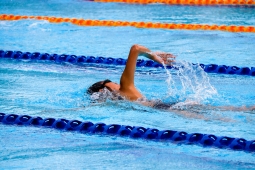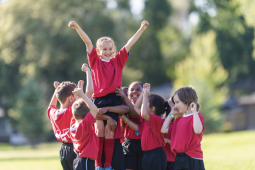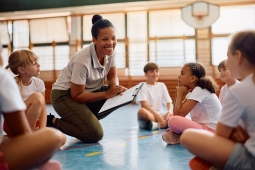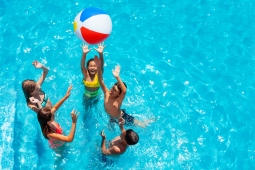Un pas en avant
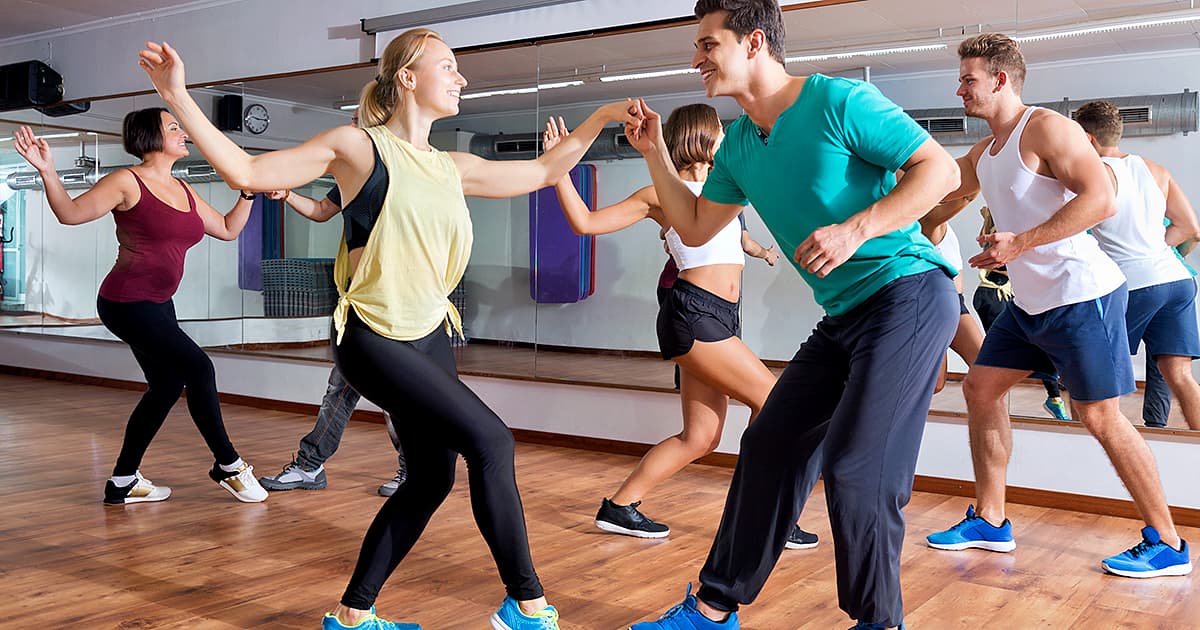
Publié précédemment dans le volume 81, numéro 2
PE teachers are expected to teach dance content in all physical education programs across the country. As Randall, Robinson and Fletcher (2014) have noted, in Eastern Canada, the majority of physical education teachers who participated in their survey reported spending up to 10 per cent of their curricular time teaching dance.
Of the five movement domains that are characteristic of curricula in Atlantic Canada (dance; sport experiences/games; gymnastics; outdoor/alternative activities; and active living/fitness type activities), time spent teaching dance was the second lowest, ahead of gymnastics. One third (33 per cent) of teachers reported feeling prepared to teach dance and 55 per cent indicated they enjoyed teaching dance. Furthermore, 30 per cent of respondents reported they were not confident or comfortable teaching dance; another 30 per cent felt adequately confident, while the remaining 40 per cent felt quite comfortable teaching dance.
In New Brunswick in particular, over the past decade, district physical education mentors and the provincial physical education society have repeatedly promoted dance at local teacher professional development days and provincial conferences, with several sessions dedicated to introducing new dances and new dance forms. As a result, a yearly dance unit is now common in most K-10 physical education programs throughout the province.
In many cases this is good news for students(1) and pre-service teachers(2). Students derive the benefits of dance and dance instruction yearly. For pre-service teachers (some of whom did not have the privilege of yearly dance instruction when they were in public school), it introduces or re-introduces them to dance and allows them to learn how to teach dance alongside a mentor.
Not only have budget cuts over the past few years resulted in fewer physical education teachers, they have also meant that many districts eliminated the district-level mentor position. This is unfortunate as it was often the mentors who promoted dance at regular professional development sessions, reminded teachers of their obligation to include dance instruction yearly, and often provided teachers with the resources (steps and music) that enabled them to more readily incorporate dance into their programs. With most of these positions recently cut, it will mean that teachers will have to continue to provide dance instruction with little assistance.
I began to think about how this may affect dance programs in the schools. I thought about pre-service teachers and their impressions of the dance instruction they were observing in schools. For those who actually had the opportunity to teach dance, I wondered how they would describe their first experience teaching dance. If up-and-coming teachers had positive experiences when they were first starting out, then it was more likely they would continue with dance instruction when they had their own classes.
What follows are two reflections after being "handed" the dance unit, from instructors who had little or no prior opportunity to observe or assist with a dance unit before having to teach the dance unit on their own. We offer these reflections for several reasons:
- For teachers new to teaching dance, we hope to demonstrate that — contrary to what you may think — students don’t care how well you dance.
- Students don’t hate dance like many believe. (Where does this belief come from anyway?)
- It’s not that difficult if you allow yourself the freedom to deviate from tradition, try something new and stay willing to have fun with your students.
Case study #1: thoughts and reflections after teaching dance
My only experience with dance in physical education was in my Grade 10 year. I was excited for this unit, but many of my peers were not excited, specifically dreading the partner dances. Even though it was not that long ago, I remember the guys had one role and all the girls had another role.
The first week I was at my practicum school in August, my co-operating teacher told me that I would be teaching dance in April. The first thought that ran through my mind was, “I only step dance. How am I going to teach other styles of dance?” I remember being slightly disappointed with this news. However, the more I thought about teaching dance, the more I started looking forward to it. I had eight months to think about what I wanted to teach, and ample time to plan and revisit my lessons. By the time April came around, I felt ready for the unit.
To prepare, I considered how I felt when we began the dance unit when I was in Grade 10 and how I remembered my classmates feeling. I knew some students would enjoy this unit like I did, while some would not. I developed my unit using dances that I thought students would feel comfortable (and hopefully have fun) doing. For the one partner dance I taught, I allowed students to pick their own partner.
I felt confident as I began teaching my unit. After the first day, my cooperating teacher told me how I could assess the students, suggested dances the students enjoy doing and showed me various resources. Considering I was assigned this unit eight months earlier and had planned my unit already, I thought this information was delayed. I did modify some of my lessons but I chose to keep the new dances I was introducing instead of repeating the dances they learned the year before.
Overall, this unit went well. I was pleased that this unit targeted groups of students who do not always excel in the fitness and team sport aspects of physical education. I had students who danced outside of school (i.e. highland dancing and ballet) perform for their classmates and teach the class some basic moves.
My advice to teachers new to teaching dance would be to have fun with this unit and not to worry about looking silly! Give students an understanding of why dance is an important aspect of physical education. I had two students tell me that dance is not “gym class” because “dance is not a sport.” They eventually learned that for some dances, in addition to rhythm and coordination, both skill and stamina are required to dance successfully. Do not stress about these types of comments. In addition, don’t worry if you do not get through all of the dances you had planned. Instead, ensure that students are exploring movement, understanding how they are moving — and of course, having fun.
Case study #2: thoughts and reflections after teaching dance
My experience with dance is not very extensive. I remember doing folk-dance during elementary school, but during middle school and high-school physical education I can’t recall participating in any dance lessons. However, during high school I was part of my grade’s dance-off team for spirit week, so I learned choreographed dances in grades 10, 11 and 12.
When my co-operating teacher told me I was teaching dance for the first time, I was definitely nervous and had no idea what I was going to do. I think that my lack of experience and knowledge, and the fact that the majority of students typically don’t look forward to dance was adding to my anxiety.
In the school I was teaching, the dance unit was only scheduled for one week, with classes held during that week. It is hard to call that a unit, but it was the time that was assigned. I prepared for my lessons by contacting one of my former physical education teachers who provided me with some lesson ideas and simple dances with videos that I was able to learn and teach to the students.
I was really nervous to begin my first few dance lessons, but as I taught more classes I began to feel much more confident. It helped that the students were enjoying the lessons and having fun. Overall, I thought that my dance lessons were very successful. I didn’t have much time with each class, but the students had tons of fun and everyone was engaged. I think making the music relevant to them helped with getting them excited to try something new.
If I was going to give advice to new physical education teachers who may find themselves teaching dance, I would say relax and don’t worry about what you look like. The students love when they see you dancing with them, and once you get started, you will become comfortable quickly and start having fun!
Final thoughts
What we see in these two brief snapshots are new teachers embracing dance. The teachers were able to sense that small changes in instruction would likely make a big difference in students’ participation and enjoyment of dance. For the two students who taught dance for the first time, although they initially felt slightly intimidated and nervous, the experience was an enjoyable one. Both plan on moving forward into teaching careers where dance will be a regular part of their instruction.
(1) Throughout this paper, “student” will refer to K-12 public school students.
(2) “Pre-service teachers” are also known as student-teachers; those individuals who are in the process of completing a Bachelor of Education degree and are in the schools, practicing teaching under the guidance of an experienced teacher. “Pre-service teacher” is used in place of “student-teacher” to better distinguish between the student and the instructor.




